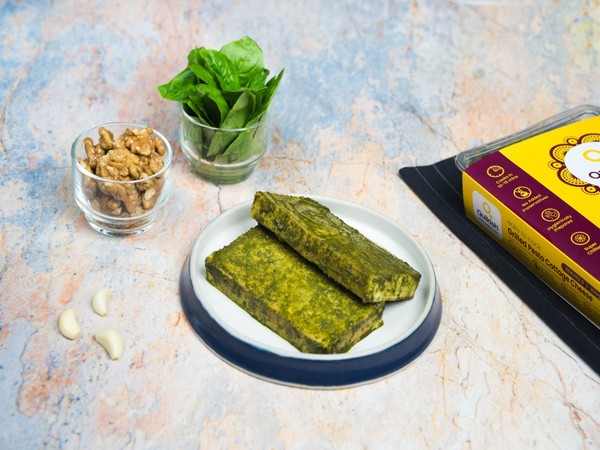

It was the advent of the microwave that launched the first wave of convenient ‘heat and eat’ meals in India. The (then) ‘hi-tech’ gadget didn’t lend itself to multi-stage cooking of Indian recipes and after resting a while as a baby white elephant was deployed in a different role. Left-over delicacies or, those ordered from takeaways could be put in the microwave for vessels and ‘nuked’ to be enjoyed piping hot. Some used it for cooking potatoes others for warming milk or tea and coffee. Truth be told, the micro hasn’t made much headway since those early days. It should be credited though with popularising the idea of ‘heat and eat’.
In the western world, where the Idiot Box had reduced audiences to couch potatoes, TV dinners bought from the supermarket became addictive. Monotonous and lacking in nutrition these may have been but there is no denying that they liberated millions from chores in the kitchen.
Canned foods had found a mass market in the aftermath of the Second World War and steady advance in technology has given enough thrust to heat and eat recipes.
NRIs from Punjab relied on ‘sarson da saag’ in tins to supplement lunch or dinner with a bit of nostalgia but this was not even a pale shadow of the real stuff.
What revolutionised it was big companies getting into the act harnessing ‘state of the art’ food preservation and packaging breakthroughs in India. ITC launched ‘Kitchen of India’ selection offering best sellers from its iconic restaurants like Bukhara, Dum Pukht and Dakshin. There were no artificial colours, flavours or preservatives added and all one had to do was to follow the instructions on the pack and let the heat give finishing touches to the treat.
The cost of dining at home on Dal Bukhara or Chicken Chettinad was considerably lower than at the restaurant.
Others were quick to follow suit. It was not only the neighbour butchers who were selling pre-marinated chicken tikka and tangri who were challenged by competition. Suddenly the shelves in stores were laden with colourful packets of combo meals like sambar rice and prawn rice offered by the Taste Company. These were priced between Rs. 100-150 and portioned to quell the hunger pangs of a single person studying or working away from home tired of the meals supplied by the tiffin service.
The game changed with the entry of MTR and Haldiram into the arena. The consumer had a far greater choice now–from a quick fix breakfast to a favourite ethnic /regional delicacy. Paneer-mutter to Makhni Paneer, Rajma to Kolhapuri Mutton. Poha, Upma, Dal Chawal, Khichdi were all within reach not only on terra firm but also while flying high. Many airlines now offer their passengers a meal that cooks itself after a small measure of hot water is poured into a bowl and kept aside for 5-7 minutes. Parents of kids long addicted to cup noodles found themselves drooling over the fresh food made before their eyes sans harmful additives.